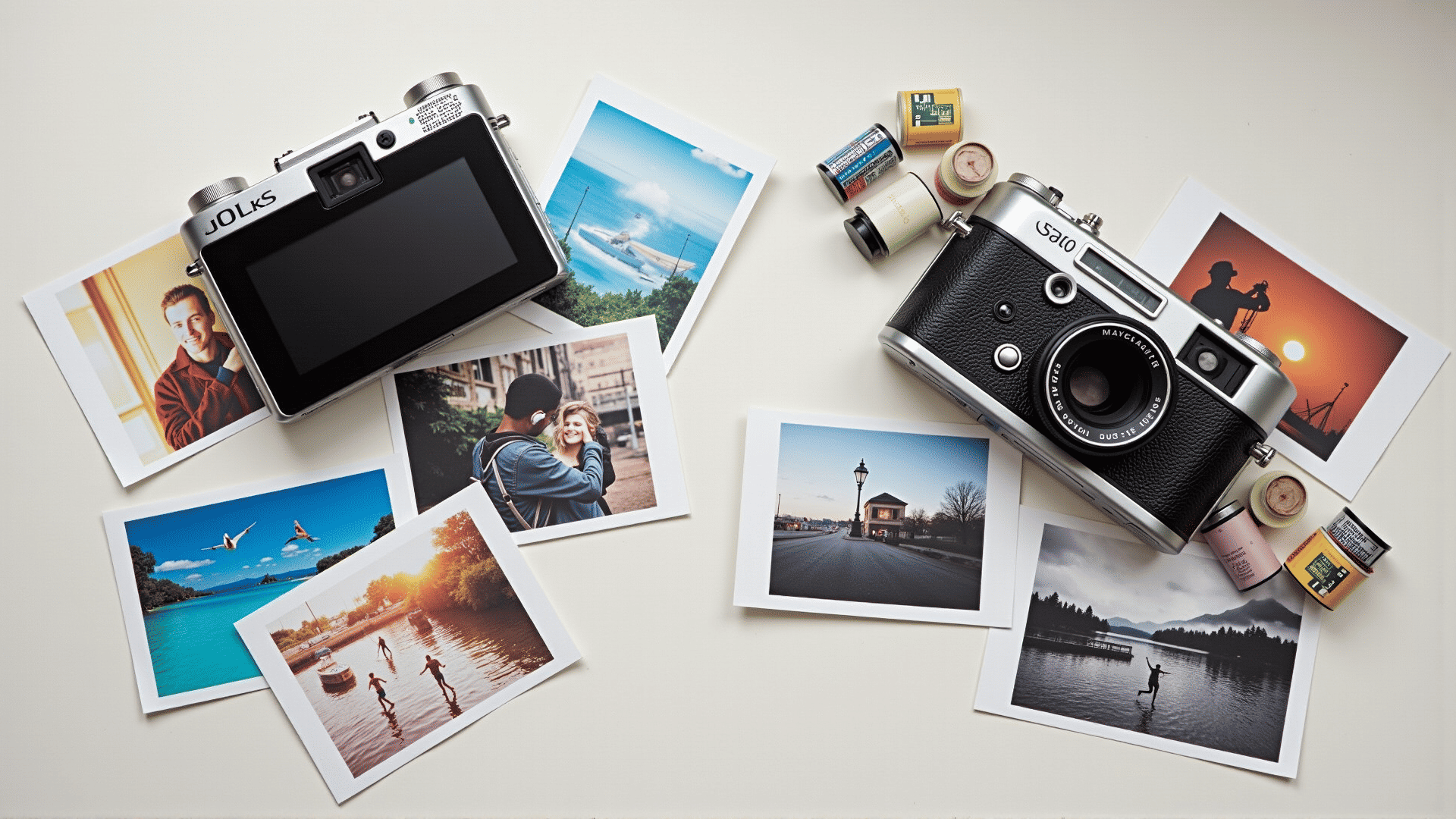The world of photography often finds itself at a crossroads where tradition meets innovation, particularly when it comes to the choice between digital and film mediums. While both have their enthusiasts, each offers a distinct approach to capturing and interpreting visual narratives.
At the heart of film photography lies a tactile experience; every frame demands deliberation due to the finite number of exposures on a roll of film. This can inspire a photographer to compose each shot more thoughtfully, creating a deeper connection with the moment being captured. The process of developing film is equally immersive, requiring patience and an understanding of chemical interactions to bring an image to life. The texture and grain inherent to film can add a nostalgic or artistic layer to a photograph, which many find appealing.
In contrast, digital photography embodies the story of immediacy and versatility. Modern digital cameras offer instant gratification, allowing photographers to review their shots instantly and adjust their settings on the fly. This can lead to a more dynamic shooting experience, where capturing fleeting moments becomes more attainable. Additionally, the advanced post-processing capabilities available with digital files enable an expansive range of creative possibilities beyond the moment of capture. This digital flexibility allows for extensive experimentation that can redefine a photographer’s vision.
In examining visual storytelling, each medium offers distinct advantages. Film, with its organic imperfections and inherent character, often conveys an emotive quality that digital sometimes finds challenging to reproduce. However, digital excels in the capacity to capture minute details and vibrant colors, often necessary in narratives that rely on clarity and precision.
Ultimately, the choice between digital and film photography boils down to the artist’s intent and the message they wish to convey through their images. While digital may lead in terms of accessibility and progression, film retains its timeless allure, championing the craftsmanship element in the artistic process. The continued dialogue between these two forms is not merely about a preference for one over the other but about appreciating how each medium uniquely contributes to the ever-evolving tapestry of photography.
